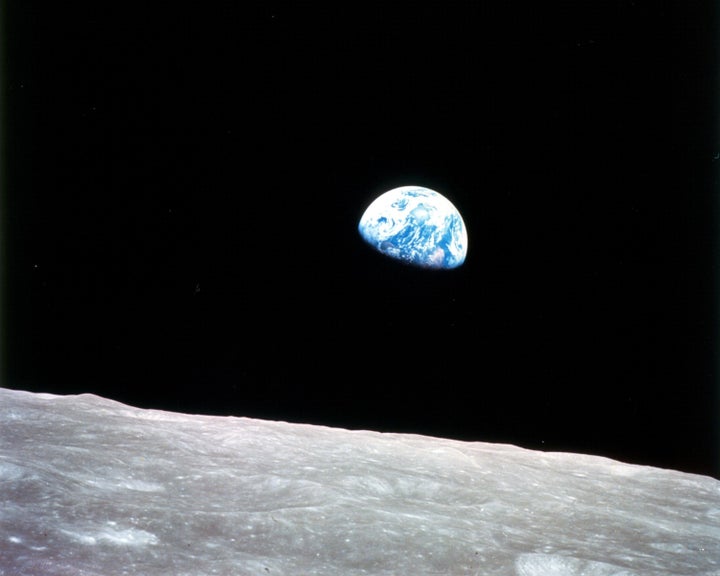
By: InnovationNewsDaily Staff
Published: 02/23/2012 04:24 PM EST on InnovationNewsDaily
A U.K.-based research team has created a fuel cell that can power a lightbulb, with the aid of a high flying bacteria found in the Earth’s atmosphere. Bacterially-run fuel cells may provide a cheap, portable source of energy for villages without electricity and they're a potential source of green, nearly emissions-free energy for the future.
The U.K. team, from Newcastle University, gathered bacteria from the River Wear in eastern England and tested the different species they found. To their surprise, their best electrician was a species called Bacillus stratosphericus, which usually likes to live in the stratosphere, about 10 to 30 miles above the Earth. Atmospheric cycling carried these airy denizens into the English estuary the Newcastle scientists visited.
Even the best energy-generator didn't work best alone, however. The researchers discovered that the naturally-occurring community of bacteria they scooped from river mud produced more electricity than any single species alone. Then they doubled electricity production beyond what the natural community could do, by choosing a mix 25 of the best strains, including B. stratosphericus.
Bacteria in fuel cells knit themselves together in a slime community called a biofilm, which provides the microbes with a cozy environment in which to live. Then, as they feed, they produce electrons, which they pass onto the anode of the fuel cell to produce a current.